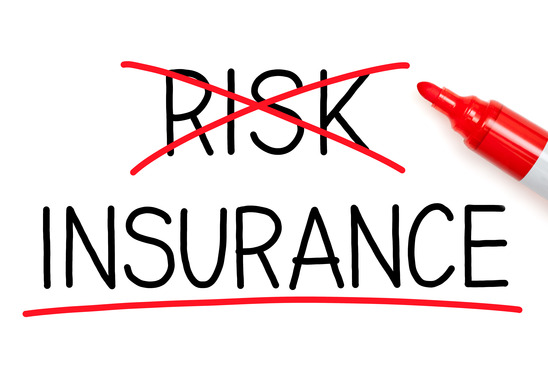Part of the management of any business is the setting of goals and financial outcomes. Depending on circumstances, some of which are within your control and some of which are not, you might or might not meet these benchmarks. It is these events and opportunities that could affect whether you successfully attain your objectives.
Instituting a formal risk assessment process is one of the best ways to identify the internal and external factors that could affect the success of your company. It is these elements that underwriters review when determining your eligibility for business liability insurance. The more you understand what goes into a risk assessment, the better prepared you will be when it comes time to make one for your business.
Examples of Potential Risks
No matter how careful you are at protecting your company, you are still subject to risks. These can come from external factors such as competition from business rivals, economic variables, crime trends in your neighborhood and municipal, state and federal regulations.
In addition, elements within your company can lead to risks, including facets of your infrastructure, your employees and the processes you have in place to safeguard your operations.
Why You Should Institute a Formal Risk Assessment
Understanding the events and possibilities that could endanger your success is the first step toward safeguarding yourself against them. To the extent that you can anticipate unpleasant surprises and proactively plan for them, you can make your company more flexible and forward-thinking should the worst happen.
Take these steps when implementing your risk assessment:
- Define the scope of the assessment. Is it narrow or broad? What parts of your company are you assessing? Examples include compliance, strategic, operational product sales and reporting requirements. What risks are you most concerned about: audits, fraud, supply chain or customer issues?
- Review the risks you have come up with and estimate how significant they are. How likely is it that these events will occur? If they do, what effect will they have on your company?
- Arrive at a plan to address these risks. Decide the most cost-effective strategies for monitoring conditions that may be predictive of risk. When you recognize that your level of risk has increased, have a protocol in place to preemptively escalate your concerns to your insurer.
- Make it clear who is overseeing your company’s risk assessment process.
- Be sure your objectives are clear and attainable.
- Compose a document or portfolio describing all potential risks and the decisions associated with them.
Risks are a part of life for all business owners, but they can be kept to a minimum if systematic and consistent protocols are initiated and maintained company-wide. An excellent risk assessment does much more than quantify ways to avoid unexpected events; it can also help you to better understand the risks you face in order to become more agile and adaptive to change.
In the end, it is the nimble business that overcomes even the most damaging disaster. Taking the time to specify and plan around risk can put you in the best possible position for success.

